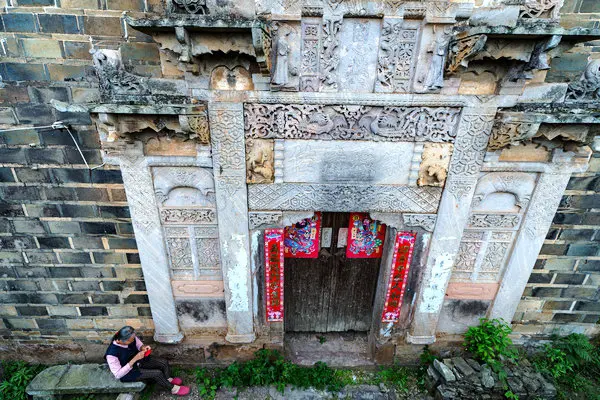When twilight falls, Hu Qinghua's routine starts. After he finishes work in his rice fields he visits a family in Youdian village, speaking to them about the history of their house and narrating stories about their common ancestors, hoping to persuade them to repair their house, which was built hundreds of years ago.
Hu, 63, can trace his ancestry back to more than 20 generations in an ancient village in East China's Jiangxi province. All the buildings of Hu's village in Jinxi county are ancient houses dating back to the Ming Dynasty (1368-1644).
However, most of the houses are empty. And some are even on the verge of collapse.
"Young people move to cities, leaving their parents behind in the village. It's almost empty now," says Hu.
Hu's village is one of more than 100 ancient villages in Jinxi. All these villages have traditional houses built also in styles of the Qing Dynasty (1644-1911). There are about 11,000 houses built during both dynasties in the county, according to the local government.
"It's like a huge museum of ancient architecture. It's rare to see ancient houses that are mostly in their original forms in such large numbers in China," says Guo Daiheng, an expert on Chinese traditional architecture.
With China's modernization, ancient villages are disappearing at a fast pace as residents replace old houses with modern buildings. An average of 100 villages are vanishing each day in China, scholar Feng Jicai remarked during last year's two sessions in Beijing.
(CHINA DAILY)
 简体中文
简体中文

